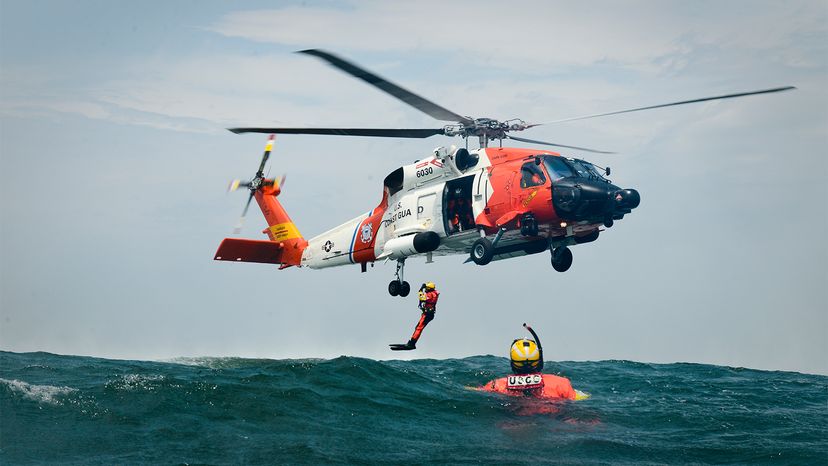This reptile lives in a variety of freshwater habitats, from all sorts of wetlands to lakes, streams and rives, with thick shell to protect them from predators.
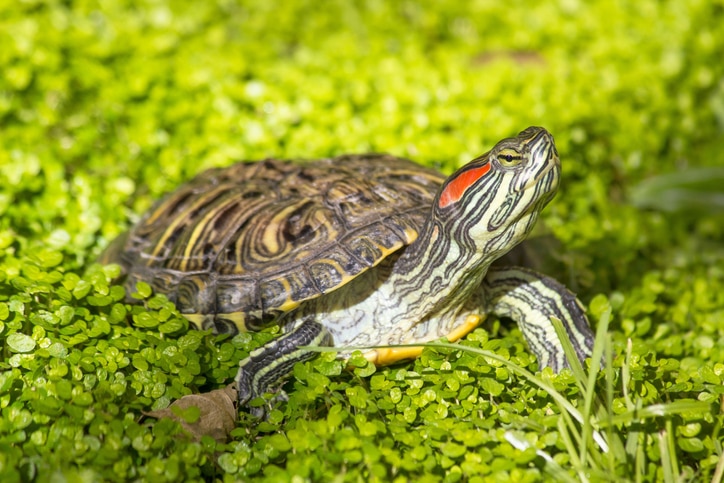
Turtles
Turtles have roamed the Earth for 220 million years. This diverse, but easily recognizable, group of reptiles has several common traits. All turtle species : 1) have a bony or leathery shell 2) have ribs fused to their shell and specialized neck muscles to ventilate their lungs 3) lack teeth and instead have a bony beak like modern birds and 4) are oviparous (meaning they lay eggs).
What is the main purpose of a lighthouse?

The main purpose of a lighthouse is to provide navigational aid and warning to ships at sea.
Lighthouses act as prominent landmarks and beacons, guiding mariners away from dangerous coastlines, reefs, and shoals, and helping them navigate into and out of harbors. While modern technology like GPS has become increasingly important in navigation, lighthouses still serve as a valuable backup and complement to these systems. They provide a reliable visual reference, especially in areas with weak signals or where electronic systems might fail.
What is the job of the Coast Guard?

The Coast Guard saves people in trouble on the water and protects the country from maritime threats, promoting national security, border security and economic prosperity.
The United States Coast Guard is one of our nation's five military services, and is one of the oldest organizations of the federal government. The Coast Guard operates on America’s maritime front lines, and has done so since Alexander Hamilton petitioned President George Washington to build a fleet of ten sea-going cutters in 1790. The Coast Guard served as the nation's only armed force on the sea until Congress launched the Navy Department eight years later. Since then, the Coast Guard has protected the United States throughout its long history and served proudly in every one of the nation's conflicts.
What are some of the most common accessories and toys for fun days at the pool?
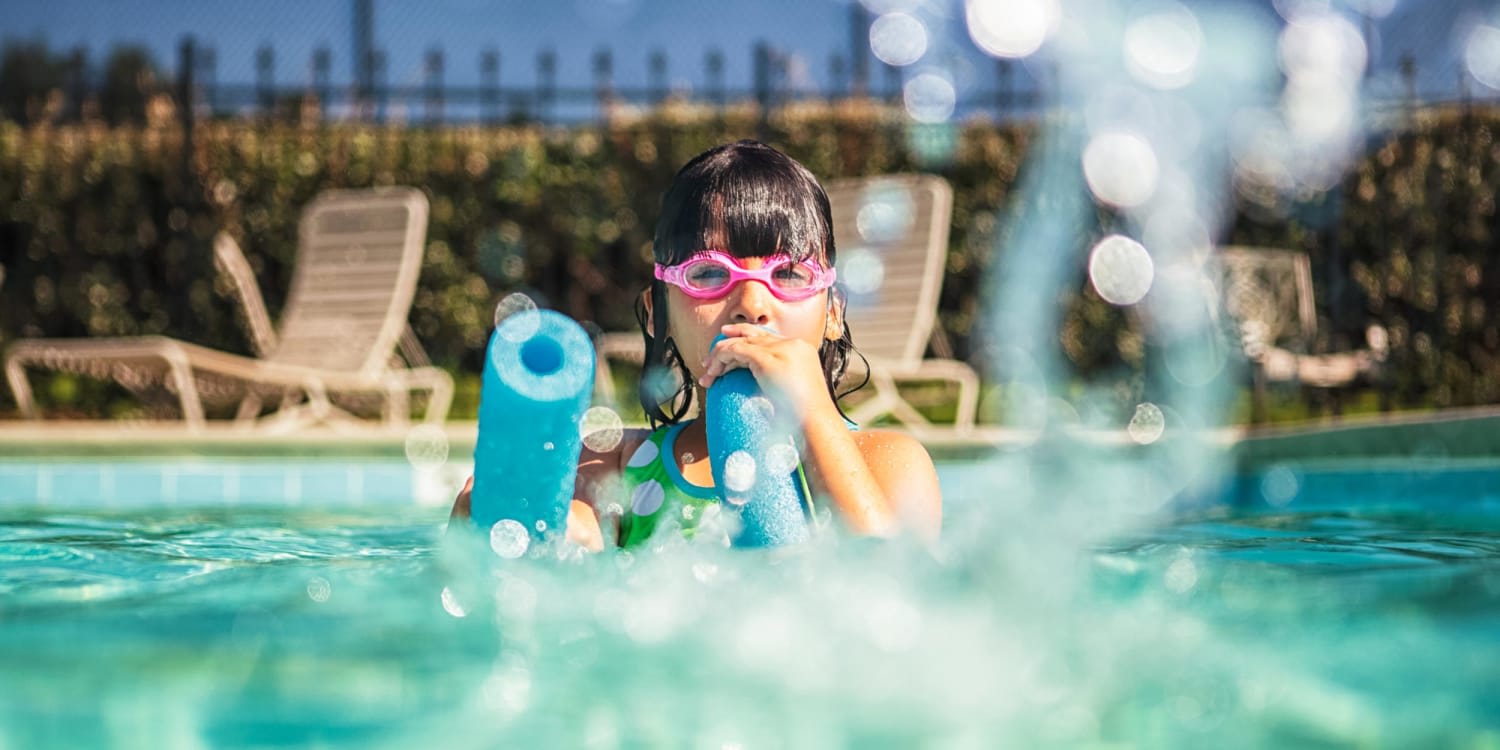
Bonus: What is the most common add-on to a pool?
Pool noodles, beach balls, dive rings, water guns, volleyball and basketball games, floaties, goggles, scuba masks and flippers are all fun ways to play in the pool.
The Ancient Greeks were the first community to create recreational swimming pools. From 800 B.C. to 600 B.C., Ancient Greece’s economy grew, freeing up more time and money to establish leisure centers or “Palaestrae,” open-air gymnasiums. Palaestrae are where swimming as a fitness and social activity took off. Centuries passed and as interest in swimming grew, so did competitions for the sport hosted by the National Swimming Society. By the late 1830s, swimming had become a hugely popular recreational activity.
This saltwater creature spends most of its time swimming upright among seaweed and other plants, anchoring themselves using their curled tail.
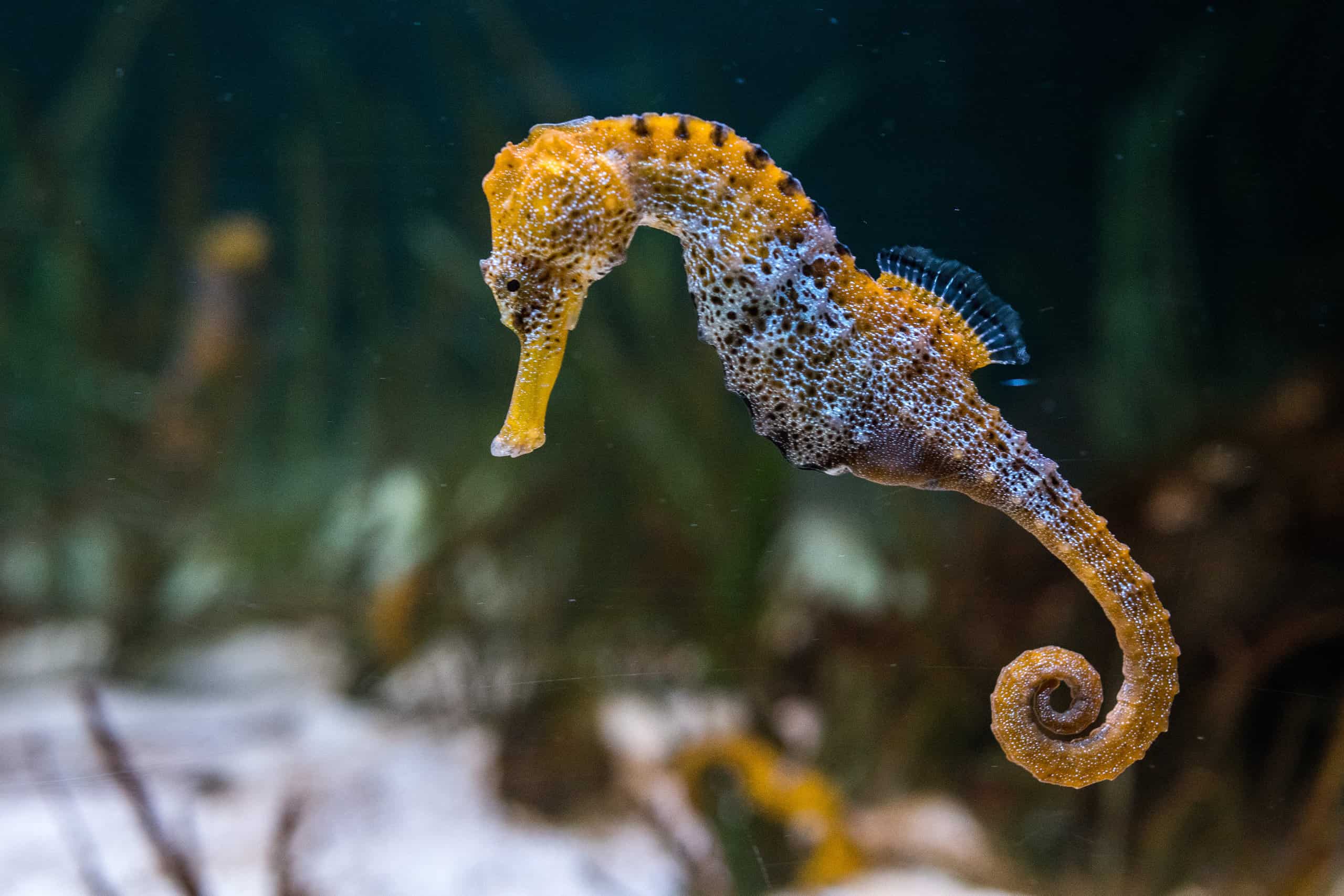
Seahorse
Seahorses are members of the pipefish family. In addition to their iconic appearance, seahorses possess many interesting attributes. Among them are specialized structures in their skin cells, called chromatophores, which allow the mostly sessile seahorses to change color to mimic their surroundings. Well camouflaged as they cling to stalks of seagrass in their shallow habitats, seahorses can be hard to see. Their truly remarkable biological claim to fame, however, is that male seahorses and sea dragons get pregnant and bear young—a unique adaptation in the animal kingdom.
These long-legged, long-necked wading birds are known for their ability to hunt in shallow waters, using their long beaks to spear fish and other small animals.

Herons
Have you ever hiked along the edge of a quiet stream or marsh and startled a big, long-legged bird that flapped slowly out of the water, leaving only a widening ripple? Chances are good that the bird was a heron. There are about 60 species of herons distributed throughout most of the world, except in the extreme northern and southern regions. Most herons, especially the larger ones, are graceful in form and movement. Herons are shy birds. When approached by humans, they usually take off in slow flight, with head and neck drawn back in an S-shape and legs held straight to the rear.
True or False: The Statue of Liberty is considered a lighthouse.
True!
The Statue of Liberty was actually the first lighthouse to use electricity, the torch carrying an electric light visible for 24 miles. Everyone is familiar with the Statue of Liberty as a symbol of the promise of America, but few are probably aware that, for a few years early in its existence, it was also officially a lighthouse operated under the authority of the Lighthouse Board. The lighted torch in Lady Liberty’s right hand had, and still has, great symbolic significance, but at its beginning, it was also used as a navigational aid for ships entering New York Harbor. On November 16, 1886, President Grover Cleveland ordered that the Statue of Liberty “be at once placed under the care and superintendence of the Light-House Board and that it be from henceforth maintained by said Board as a beacon.”
True or False: The Coast Guard saves an average of 6 lives a day.
False, it's actually 12!
The Coast Guard conducts 42 search and rescue cases and saves 12 lives on an average day. Search and Rescue (SAR) is one of the U.S. Coast Guard's oldest missions. Minimizing the loss of life, injury, property damage or loss by rendering aid to persons in distress and property in the maritime environment has always been a Coast Guard priority. Coast Guard SAR response involves multi-mission stations, cutters, aircraft and boats linked by communications networks.
True or False: One of the first ocean liners to have a swimming pool was The Titanic.

True
Yes, the Titanic was a landmark in a number of ways, and that seems to include being one of the first ships of its type to have a pool. The actual first was the RMS Olympic, which was widely considered to be a “sister” to the Titanic and set sail the year beforehand. The pools on both the RMS Olympic and the Titanic were heated and only available for use by first-class passengers, and were open at different times for men and different times for women. Known more specifically as the Swimming Bath on the Titanic, it was part of the Turkish bath complex on the ship and passengers had to buy a ticket to be admitted entry. If you’re a history buff, you might know it as the last room on the bow of the ship to flood as it went down!
These crustaceans play a vital role as scavengers and algae eaters, using their powerful claws for a variety of purposes and living both underwater and on land.

Crabs
Crabs can be found in all oceans and in fresh water. Some crabs live on land, sometimes several miles from water. Species such as the fiddler crab live in burrows in the sand or mud, where they stay during winter and high tides. Others live within the shells of oysters or mussels. Most crabs are scavengers, meaning they eat dead or decaying material. Some crabs may feed on vegetable matter, and others eat small living animals. A crab’s two large eyes extend from the head on movable stalks located above two pairs of antennas. The mouth is on the underside of the head.
These crustaceans are similar to lobsters and are common in streams and lakes, often concealing themselves under rocks or logs.

Crayfish
"Crawfish," "crayfish," and "crawdad" all refer to the same freshwater crustacean, a small, lobster-like animal found in streams, rivers, and other bodies of water. The different names are primarily regional variations in the United States, with "crayfish" being more common in the north, "crawfish" in the south (especially Louisiana), and "crawdad" in the west. Crawfish can only grow up to six or seven inches long, depending on their species. But similar to lobsters, they have hard shells that cover their soft bodies. Crawfish also have claws at their front legs and several sets of whiskers by their mouths. They use these whiskers to hold on to their food.
In 1719 the first fog signal was installed at Little Brewsters Island lighthouse. What was it?
a. 1-Ton Bell
b. Cannon
c. Fog Horn
d. Trumpet
b. Cannon
Imagine the mournful sound of the fog signal hooting and echoing across a bay shrouded in gray. It seems as though that sound must have always been part of the bayscape. But, in fact, fog (correctly termed, sound) signals are relative newcomers to the field of navigational aids, and the most popular of them, the diaphone and diaphragms, are of the 20th century. Since the mighty Pharos of Alexandria, Egypt (circa 280 B.C.) mariners have had, after a fashion, a light to guide them into port or clear of dangerous reefs. Although the light signal from the lighthouse tower left much to be desired until the 18th century, there was some sort of light to guide the seafarer. But light, no matter how powerful, cannot penetrate fog and other conditions of reduced visibility - that is where sound comes in.
What is the oldest age a Coast Guard member can enlist?
a. 30
b. 42
c. 65
d. 99
b. 42
Anthony Christy, 1756-1862, was born in Brussels, Belgium. He came to America and became captain of a ship that transported gunpowder for E. I. du Pont out of Wilmington, Delaware. He retired at the age of 82 and became keeper of the Christiana Lighthouse. When Anthony Christy died on duty in 1862 at age 105, he was the oldest lighthouse keeper and active member of the U.S. Coast Guard on record.
What country boasts the highest number of domestic swimming pools per capita?
a. United States
b. Australia
c. Dominican Republic
d. South Korea
Australia
Phoenix, known for its scorching heat, takes the crown for having the most swimming pools per capita in a city, with 32.7% of homes featuring pools. Pools in the American Southwest: Arizona, Florida, and New Mexico are the US states with the highest number of swimming pools per capita, while Wyoming, Utah, and the Dakotas have the fewest. Spain’s Aquatic Charm: Spain tops Europe’s list with over 1.27 million swimming pools, translating to approximately one pool for every 37 residents.
These marine mammals have long front flippers, can walk on all fours and have ears that can close in order to avoid getting water in them. They're highly social, excellent swimmers and can dive deep underwater.

Sea Lions
Sea lions are an intelligent and social species. They travel in groups of 12 or more, and hang out on man-made structures such as piers and jetties. They gather on remote sandy beaches and rocky areas to breed. During breeding season, males claim and defend their territories. Mothers usually give birth to a single pup after a gestation period of 11 months. The pups are able to swim at birth, although young pups stay on the beach rather than venturing into the water. The California sea lion is faster than any other sea lion or seal in the world. They can dive to depths of 900 feet, and can stay underwater for nearly ten minutes without breathing by slowing their heart rate.
These insects have a unique life cycle, starting as eggs laid in the water, transitioning from aquatic nymphs to terrestrial adults in a process called incomplete metamorphosis. Adults typically only live for a day or two.

Mayflies
Despite their name, mayflies are active during the warmer months of the year, not just May. They tend to be gray, yellow, or brown and have long, thin abdomens. Mayfly larvae are aquatic and found in nearly all types of water bodies, from streams to lakes. The larva is often used as a bioindicator species to measure the health of water. Mayflies can vary in size, growing anywhere from a quarter-inch to 1.1 inches. Mayflies are highly sensitive to pollution and other changes in their environment. When they are missing or few in number, it is a warning that a stream isn’t healthy enough for mayflies to live there.
Which U.S. State has the most lighthouses?

Michigan
If you had to guess which state has the most lighthouses, which would you choose Perhaps Maine, the ‘lighthouse state.’ Or maybe North Carolina and the Outer Banks come to mind? Turn your eyes toward the Great Lakes – it’s Michigan. With 3,288 miles of shoreline in the U.S., second only to Alaska, Michigan has the longest freshwater coastline in the world, and the most lighthouses in the United States.
What skills are required to work as a member of the Coast Guard?

The U.S. Coast Guard requires a wide range of skills, spanning from technical and practical abilities to strong interpersonal and leadership qualities. Key areas include maritime skills, communication (both verbal and written), teamwork, problem-solving, and a strong sense of responsibility. Physical fitness and the ability to perform well under pressure are also essential.
The Coast Guard was originally part of the Department of Transportation, but soon after the terrorist attacks of September 11, 2001, President George W. Bush established the Department of Homeland Security (DHS), and the Coast Guard was transferred from civilian leadership to military leadership as part of DHS. Coast Guard roles were upgraded to encompass anti-terrorism and port protection, as well as other lifesaving, shipping security, and drug interdiction duties.
What is an infinity pool?

A reflecting pool or swimming pool where the water flows over one or more edges, producing a visual effect of water with no boundary.
Also known as zero-edge pools or rimless pools, infinity pools are designed to give the illusion of a missing edge. The water appears to flow beyond the edge and into, well, infinity. These pools are often built with beautiful horizons beyond the ‘missing edge’. This elevates the aesthetic by having the water seemingly merge with the sea or sky. Infinity pools are featured in some of the most luxurious resorts in the world.
These small black and white birds spend most of their lives out at sea, resting on waves when not swimming, but are great fliers - able to fly at speeds of 55 miles per hour.

Puffins
How is it that seabirds have no problem drinking seawater? The salt they take in is absorbed and moves through their blood stream into a pair of salt glands above their eyes. The densely salty fluid that results is excreted from the nostrils and runs down grooves in the bill. Watch a gull at the coast, and you will see drops of this liquid appear on the tip of its bill. As the drop gets larger, the bird shakes its head to send the salt back to the ocean. A seabird’s skull has a pair of grooves for the salt glands right over the eyes. These grooves are especially large in penguins, loons, albatrosses and gulls, but other marine birds have them, too.
These creatures are a type of salamander, but unlike other amphibians, they don't lose their gills as they grow. Their gills appear as feathery appendages on the outside of their bodies.

Axolotl
Shrouded in mystery, and defying typical biological laws like metamorphosis, the axolotl, a type of salamander, keeps its webbed feet firmly placed in infancy throughout its life. Unlike other salamanders, axolotls are neotenic, meaning they keep juvenile characteristics into adulthood. The axolotl remains aquatic (like larvae) their entire life. Though it develops functional lungs, it uses its fancy, feathery gills to breathe underwater. Like youngsters, they retain external gills, a tail, and a body fin, and lack moveable eyelids.
What tasks does a lighthouse keeper typically do during their day?
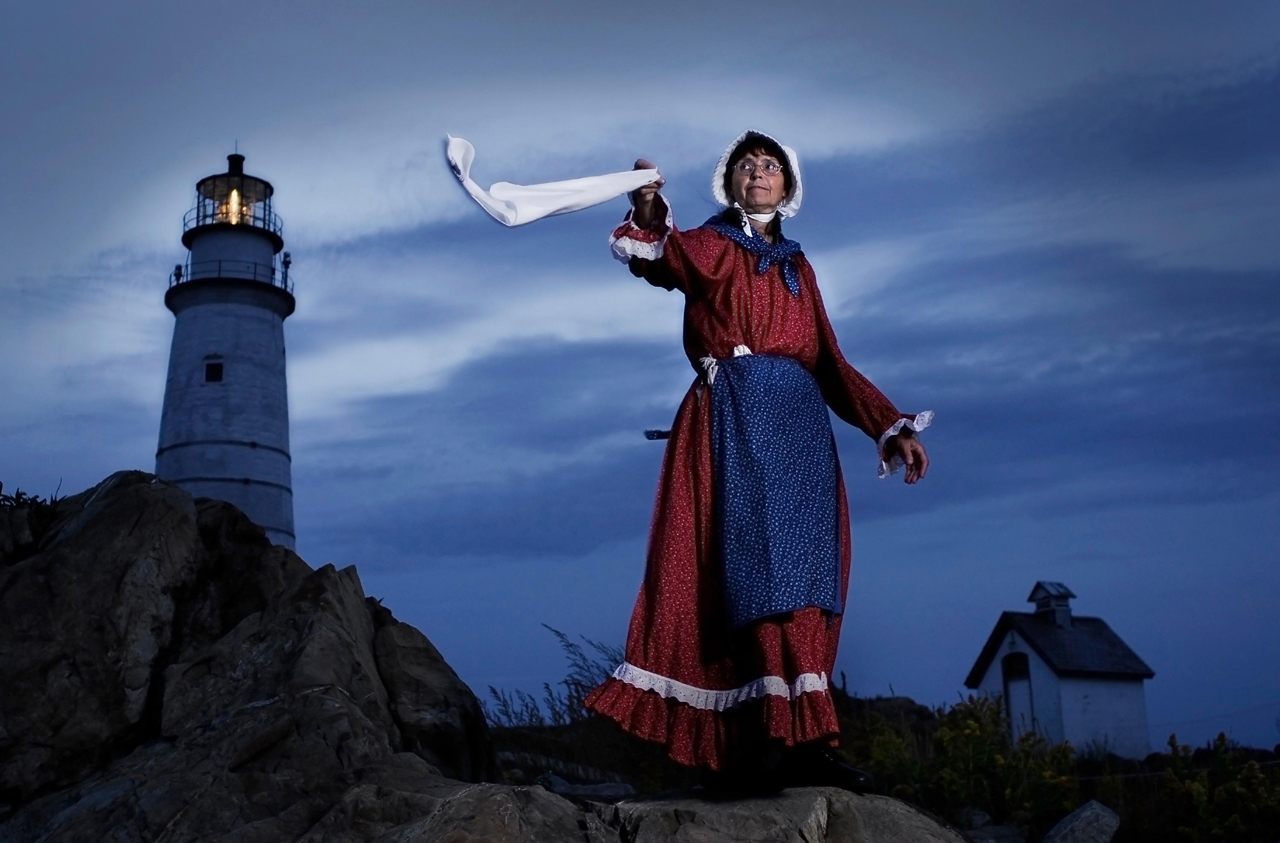
A lighthouse keeper's primary duty is to maintain the lighthouse and its light, ensuring it operates reliably to guide ships. This includes daily maintenance tasks like cleaning, polishing, and ensuring the light source (whether lamp or lens) is functioning correctly. Beyond the light, keepers are responsible for the upkeep of the entire lighthouse structure, including buildings and grounds, and often perform record-keeping, weather observation, and emergency response duties.
During the 1800s, employment for women was almost unheard of, with the exception of a lighthouse keeper, one of the first non-clerical U.S. government jobs open to women. Women would regularly assist their husbands with lighthouse duties, and were often appointed keepers should their husbands become ill or die.
What portion of optional Coast Guard training has a 50% success rate?

Rescue Swimmer School
If you have been motivated by the heroics played live on your television set or movie screens to think about becoming a Coast Guard Rescue Swimmer, be prepared. When you arrive at the Coast Guard Rescue Swimmer School in Elizabeth City, N.C., you will be expected to excel in one of the most stressful environments in military training. According to the course syllabus, rescue swimmers must have flexibility, strength, endurance and be able to function for 30 minutes in heavy seas. So being comfortable in the water is an understatement. You have to be able to think and perform challenging tasks while submerged, holding your breath and getting tossed around my 10- to 20-foot waves. The required monthly physical training test includes push-ups, sit-ups, pull-ups, chin-ups, a 12-minute crawl swim (500-yard minimum), a 25-yard underwater swim and a 200-yard buddy tow.
Covering 30 acres, the pool at the Citystars Sharm El Sheik resort in what country is the biggest in the world?

Egypt
Listed in Guinness World Records as the world’s largest crystalline lagoon, this is the largest swimming pool in the world. It opened in 2015 in the middle of the Sinai desert and is surrounded by sandy beaches. It is the sensational centrepiece of the CityStars Sharm El Sheikh Resort and was created by Chilean company Crystal Lagoons who are responsible for other huge pools including MahaSamutr in Thailand, the Lagoon at Epperson in Florida and the pool at San Alfonso del Mar.
This salt water sea creature is a cephalopod which is a distant cousin of the squid and octopus, living inside a hard external shell with animals similar to it having existed for about 500 million years.
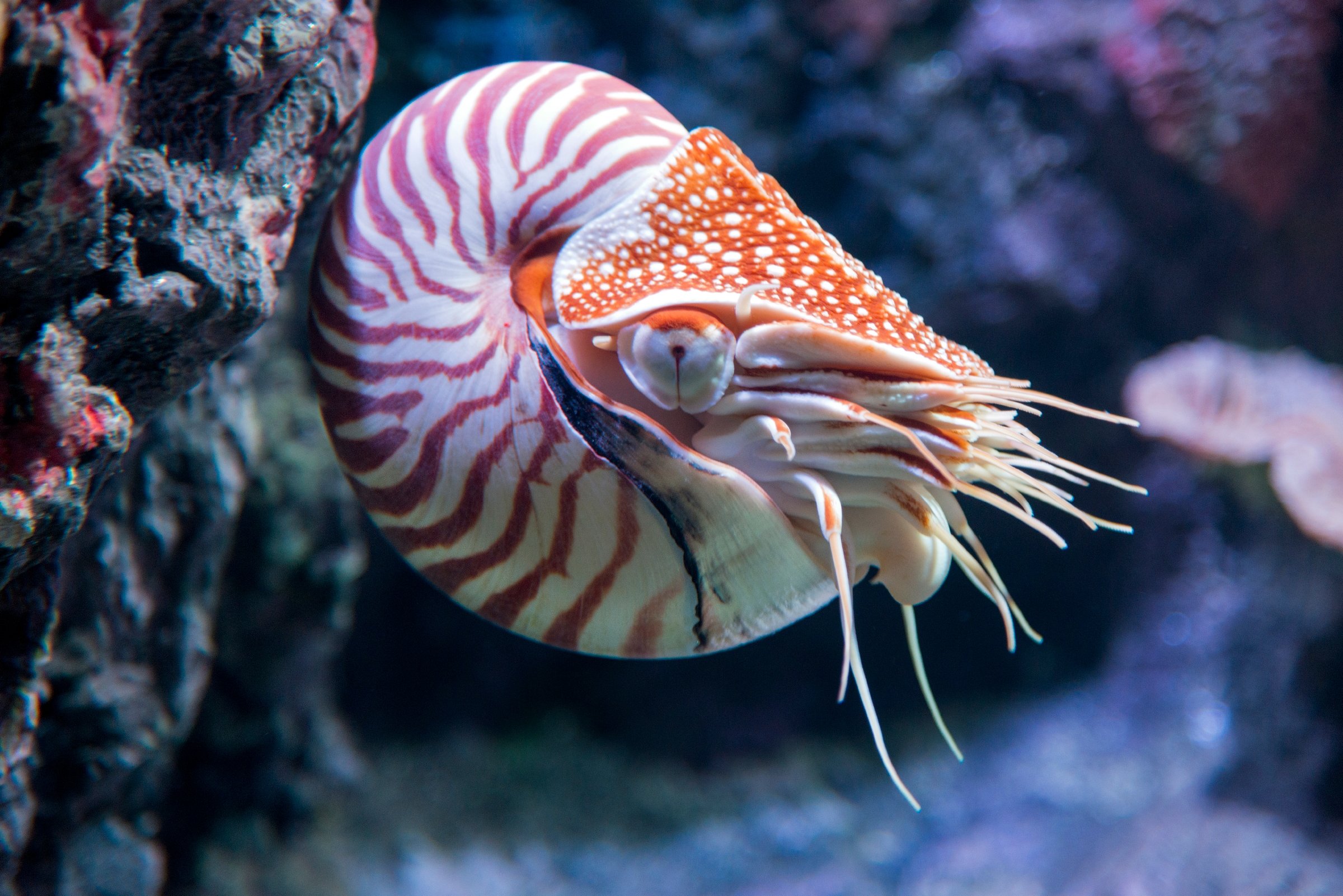
Nautilus
Nautiluses are a living link to the ancient past. They’ve been around over 480 million years, cruising deep ocean reefs even before the time of dinosaurs. These soft-bodied creatures live inside an intricately chambered shell. A nautilus can only sense dark and light with its simple, pinhole-type eyes. But a nautilus can perceive water depth and current directions, as well as current speeds, to help it keep its body upright. A highly developed sense of smell helps a nautilus search for food and find mates.

